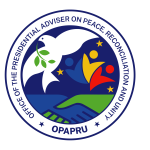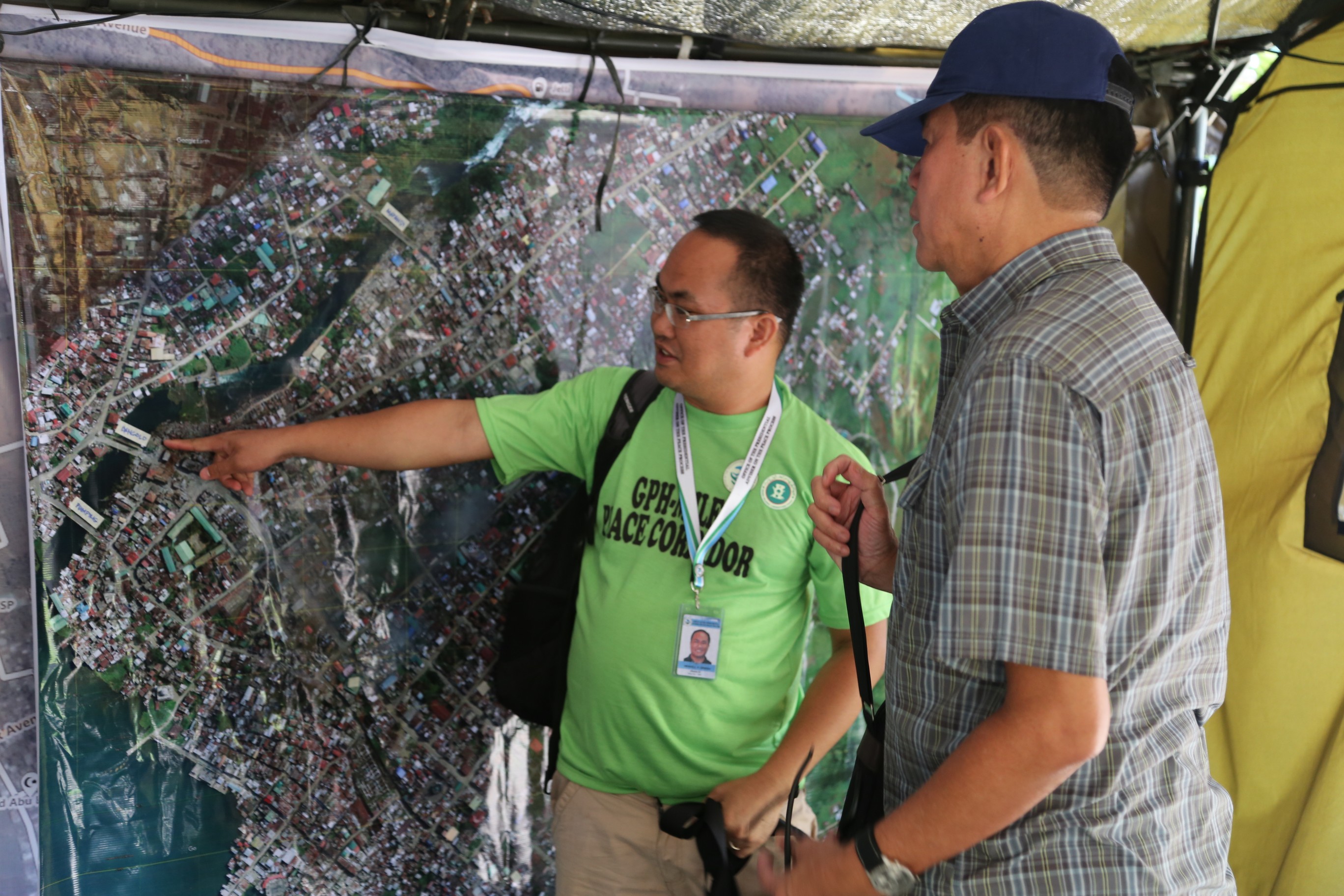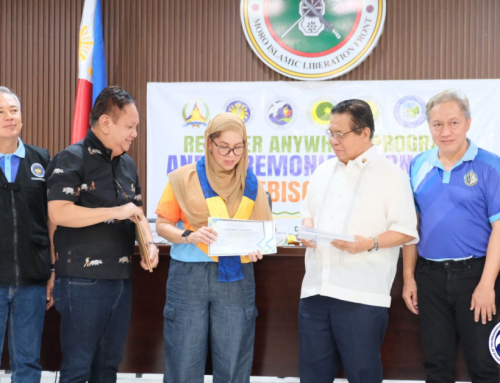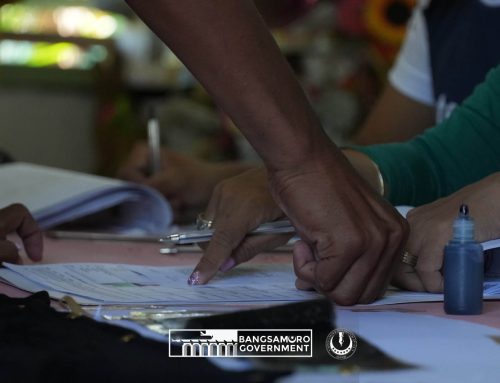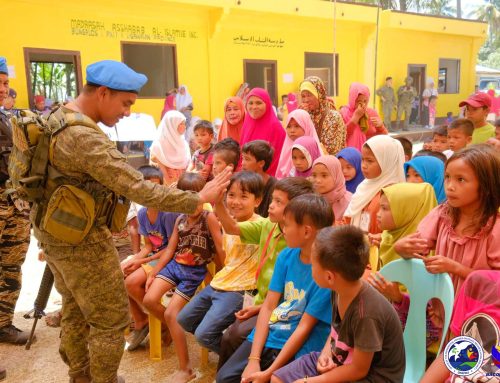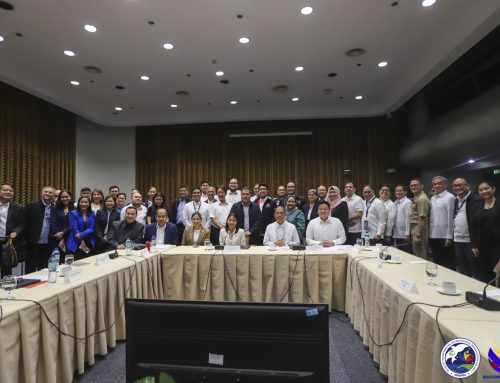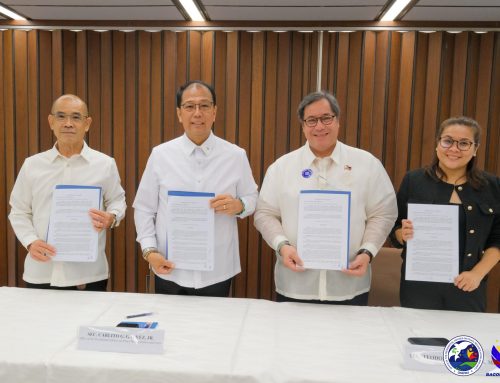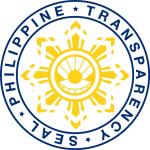MARAWI CITY – The establishment of the Peace Corridor has been instrumental in providing much-needed humanitarian assistance to residents affected by the ongoing armed conflict in Marawi City and municipalities that straddle Lake Lanao.
This was revealed by Wendell Orbeso, head of the Office of the Presidential Adviser on the Peace Process’ (OPAPP) Cotabato Operations Office, which has been tasked to provide support to the GPH-MILF Peace Corridor initiative which began last June 4.
“Since the opening of the Peace Corridor, the flow of humanitarian assistance has been continuous in the affected areas,” Orbeso said.
The Peace Corridor is a safe and secure zone for civilians fleeing the conflict, as well as a reliable space where humanitarian assistance can pass through.
To date, the initiative has helped facilitate the rescue of 270 civilians who were trapped in the armed battle between government forces and members of the Maute group since the latter laid siege to the city last May 23.
The Peace Corridor was created through a collaborative effort of the Implementing Panels of the Government of the Republic of the Philippines (GRP) and the Moro Islamic Liberation Front (MILF).
Under the Peace Corridor, two Joint Coordinating and Monitoring Action Centers (JCMAC) were established. One is located in Marawi, while the other is in Malabang, Lanao del Sur.
Orbeso noted that media coverage on the Marawi crisis should highlight the relief efforts being carried out by local and international humanitarian organizations on the Malabang portion of the corridor.
He said the Malabang Peace Corridor has made possible the unhampered entry of relief goods in the conflict zone, something that was not possible before the initiative started.
Orbesa said the Autonomous Region in Muslim Mindanao (ARMM) provincial government, through its Humanitarian Emergency Action Response Team (HEART), wanted to make sure that the assistance it brought along reached all intended beneficiaries.
He explained that through the JCMACs, coordination between the Armed Forces of the Philippines (AFP) and the MILF was further strengthened, enabling the ARMM-HEART teams to successfully carry out relief efforts in the affected communities.
“If needed, the JCMAC, composed of unarmed members of the MILF and military, accompanies the ARMM-HEART convoy in bringing in the relief goods,” Orbeso said.
Based on the latest situational report of JCMAC, 17,507 foods packs, 5,587 pieces of Malong and 1,343 hygienic kits have been distributed by the ARMM-HEART in Marawi City and 20 other surrounding municipalities in Lanao del Sur.
The relief efforts were carried out by the ARMM-HEART in partnership with the International Committee on the Red Cross (ICRC), Community, Family Services International (CSFI), Bangsamoro Development Authority (BDA) and other donor agencies.
In the meantime, OPAPP Undersecretary Nabil Tan, OPAPP Assistant Secretary Acel Papa and OPAPP Consultant Gerry Salapudin visited the JCMAC Office in Marawi and were briefed by Col. Cesar de Mesa, JCMAC officer-in-charge, on the relief and humanitarian efforts being undertaken through the Peace Corridor.
During the briefing, de Mesa emphasized that the Peace Corridor is a testament to “how far the Bangsamoro peace process has come and the partnership that has been established [between the Philippine government and the MILF].”
For his part, OPAPP Assistant Secretary Dickson Hermoso explained to members of the JCMAC team that the purpose of Usec. Tan’s visit was to observe the operations of the center and gather inputs on how the delivery of its services can further be improved.
Hermoso said the JCMAC has already developed its operational “doctrine” which has enabled the center to function effectively both as a rescue and humanitarian unit.
“When we set up the JCMAC, we established the capability to move fast and communicate [with our partners on the ground],” he said, adding that these have been the key in the center’s ability to immediately respond to developments on the ground.

